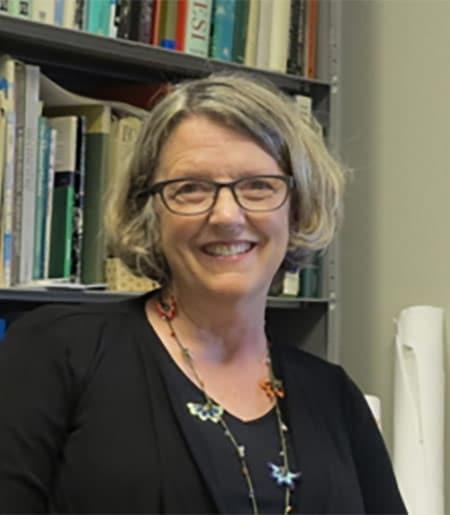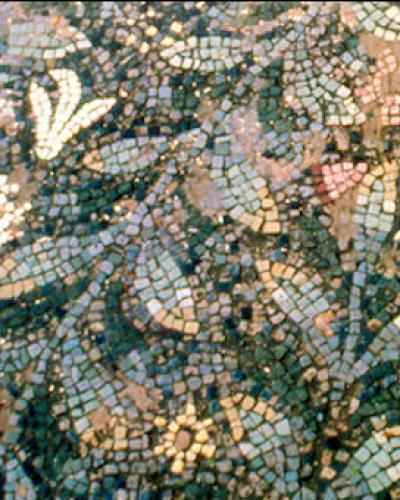The Gardens of the Roman Empire Project seeks to gather and make accessible, for the first time, the wide range of evidence for gardens and designed landscapes of the Roman world. In these verdant spaces, Romans both encapsulated and engaged larger landscapes, real and imagined, in diverse media, as the setting for politics, religion, economic activity, cultivation, labor, and the many other facets of daily life in public and private spheres. The project was initiated by Wilhelmina Jashemski, developed at Dumbarton Oaks, and completed by Kathryn Gleason, Amina-Aïcha Malek, and Kim Hartswick. It comprises a print volume of essays by eleven scholars, published in 2018 by Cambridge University Press, and an open-access website offering a compendium of some 1200 illustrated entries for gardens and parks, offering searchable content with links to Pleiades, Getty, WorldCAT, FastiOnline, and other online resources for scholars, professionals, students, and the interested public.
While complementing the print volume, the GRE website is an independent, ongoing project assembled, illustrated, edited and digitized by Cornell graduate and undergraduate students in archaeology, classics, NES, landscape architecture, and horticulture working with Professor Gleason, in partnership with experts and other students internationally. Since 2014, Professor Gleason and her students have worked with Keith Jenkins (Mann Library) to map all of the known gardens gathered by some 90 contributors. In 2020, they teamed up with the digital humanities team at the Institute for Study of the Ancient World (NYU) to prototype a website with for text entries prepared for these sites. The website offers an interactive platform that, while not a database per se, provides a range of tools for navigating data of diverse types via maps, keywords, search functions, and links. It presents garden sites of all types, from shop gardens to imperial palaces, most of which have been identified but need to be investigated. This dense reference work of free data offers an invaluable resource for students and scholars working on a wide range of cultural, religious, political, and daily practices across the Empire, as well as issues of design, land use, labor and slavery. Based on free or inexpensive and relatively easy-to-learn programs such as Markdown, Hugo, and GitHub, it is also archivally stable, available to be expanded, mined, and reinvisioned by a new generation of landscape archaeologists and historians.
Editorial team: Wilhelmina Jashemski†, Kathryn L. Gleason (Cornell), Kim J. Hartwick (CUNY), and Amina-Aïcha Malek (ENS)
Partners: David Ratzan and Christian Casey, Institute for Study of the Ancient World (ISAW) at NYU and Keith Jenkins, Mann Library, Cornell
Institutional Partners: Cornell University, ISAW/NYU, AOROC CNRS ENS PSL, Cambridge University Press, Dumbarton Oaks/Harvard University
Recent activities:
- ASOR Poster Session
- Day of Data, Cornell


